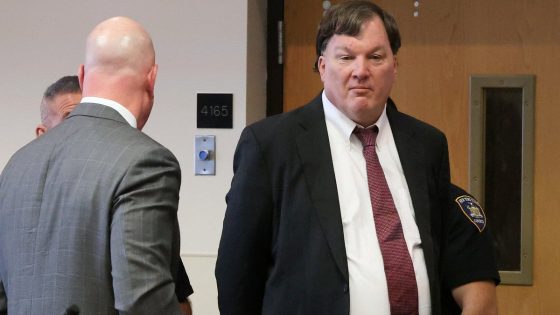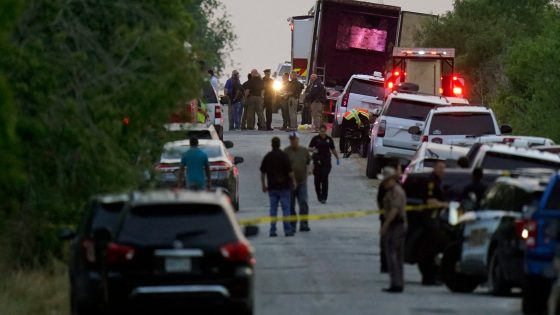As the Gilgo Beach murder case inches closer to trial, a cloud of uncertainty looms large over proceedings, with two significant defense requests introducing delays that could stretch on for months. The spotlight shines squarely on Rex Heuermann, a 59-year-old architect with ties to the Long Island community, who has drawn both local and national attention as he stands accused of multiple murders rooted in a chilling string of cold cases.
- Gilgo Beach murder case nearing trial.
- Defense challenges nuclear DNA testing.
- Frye hearing to assess DNA evidence.
- Whole genome sequencing may revolutionize testing.
- Prosecutors link Heuermann to victim DNA.
- Innovations in forensic DNA analysis evolve slowly.
Since his arrest in July 2023, Heuermann’s defense team has pursued additional time to address the complexities of nuclear DNA testing—a methodology that remains untested in New York courtrooms. While Rex’s attorneys have described it as “magic,” prosecutors assert that this forensic technique is a well-accepted component of modern science. The judge has scheduled a Frye hearing to assess the admissibility of the DNA evidence, a critical step that will determine the foundation on which the prosecution’s case rests.
These Frye hearings, expected to begin this Friday, could potentially span several months, as both sides prepare to present a cadre of witnesses, including medical experts. “We anticipate calling eight witnesses in total,” one prosecutor revealed, emphasizing the thoroughness required for a case of this gravity.
Nuclear DNA testing is a familiar practice in forensic science, often used for everything from home ancestry kits to crime scene investigations. Michael Marciano, director of research at Syracuse University’s Forensic and National Security Sciences Institute, elaborated on the procedure, stating, “This has been conducted for decades. We focus on nuclear DNA and what we’re looking for are differences among the sequences.” Specifically, he noted that unlike traditional methods that analyze 24 to 27 areas, whole genome sequencing examines thousands of genetic variations, providing a more comprehensive picture of an individual’s DNA profile.
The legal implications of such advanced forensic techniques are staggering. The district attorney’s office claims that DNA from a discarded pizza box linked Heuermann to one of the victims—a critical piece of evidence that has heightened the stakes in this already complex case. Furthermore, when he faced charges regarding a seventh murder in December, court documents indicated that hairs found near a victim’s remains shared familial ties with both his estranged wife and his daughter, suggesting deep and troubling connections between the accused and the crime scene.
With the backdrop of a community reeling from decades of fear surrounding the Gilgo Beach murders, the concept of whole genome sequencing hints at a future where forensic science could drastically change the landscape of criminal investigations. “If we look back to the O.J. Simpson case,” Marciano highlighted, “we see how a new technology can set the stage for what’s deemed acceptable in court.” He further emphasized that while such innovations can enhance the prosecutorial toolkit, they must also withstand rigorous scrutiny to ensure their reliability and validity in legal contexts.
As proceedings unfold, the ramifications could extend beyond just one man’s fate. Should the courts recognize and accept these advanced forensic techniques, we may see a paradigm shift in how similar future cases are approached. Legal scholars and forensic specialists alike are keenly watching this landmark case, recognizing that it could either solidify or undermine the foundation upon which current forensic methodologies rest.
For now, the legal teams are gearing up for the next series of hearings, where crucial questions about the reliability of new scientific methods could shape the future not only of this case but of forensic science at large. As the community of Gilgo Beach holds its breath, the next steps taken inside the courtroom will be pivotal, echoing far beyond the immediate narrative of Rex Heuermann’s alleged crimes.

































